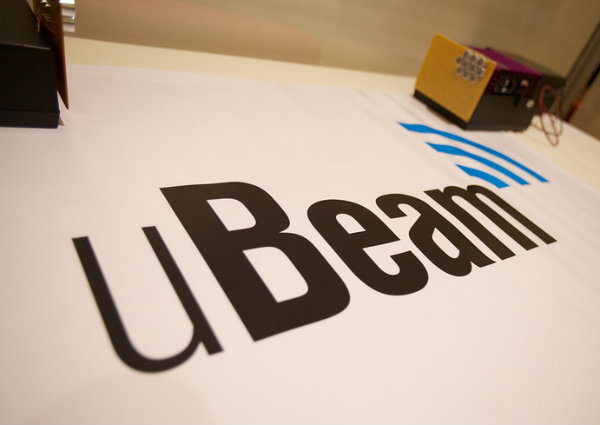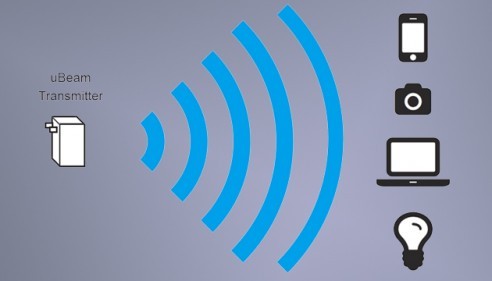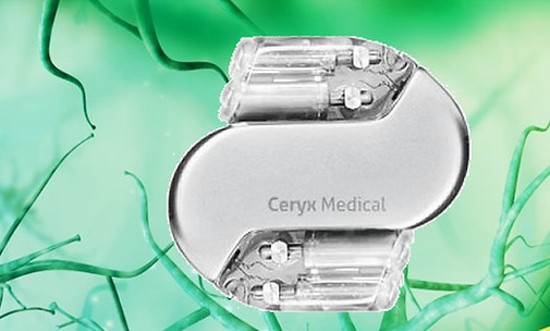October 27, 2014 – Imagine transmitting energy through the air to power everything in your home. Nikola Tesla, the inventor of alternating electric current, predicted it would happen one day, but it is only now that we are seeing technologies that can do it. There are a number already appearing in the marketplace including:
- Magnetic resonance wireless transmission used in electric vehicle charging pads such as the Nissan Leaf’s Evatran Plugless Power wireless system, or the wireless charging plate technology from WAVE Inc., being demonstrated by a campus-wide bus transport system at Utah State University.
- Magnetic induction found in commercial charging products like the proximity charging device developed by WiTriCity Prodigy, or the PowerMat, a technology that Duracell is promoting to deliver charging surfaces to almost anywhere a WiFi hot zone can be found such as your local Starbucks.
Now add ultrasound energy transmission using ultra-high frequency sound waves to vibrate air particles transmitting their energy to an energy-harvesting surface. The invention of Meredith Perry, who while studying astrobiology at University of Pennsylvania realized that you could change an electric current into ultrasound, transmit it to a receiver, and convert it back to useful power for any device located within proximity to it. She quickly formed uBeam, a company focused on commercializing her discovery.
In a New York Times interview that appeared on August 16, 2014, Perry describes her invention. “This is the only wireless power system that allows you to be on your phone and moving around a room freely while you’re device is charging.” Where magnetic resonance and magnetic induction require close proximity, Perry’s technology delivers a charge over distances within a room.
The implications for the technology should it become widely available in the next two years (that’s the plan) will mean homes and offices can incorporate uBeam charging technology everywhere. The charging stations are thin, a mere 5 millimeters (0.19 inches) thick, not much thicker than wallpaper. You can place them anywhere, and the receiver, just as thin, can be added to any portable consumer electronics product giving designers the opportunity to reduce battery size. In fact, many devices used in a home, such as television remotes may no longer need batteries at all with uBeam technology present.
In the August article Perry also indicates that uBeam can do more than transmit a charge. It also can transmit data. This has implications for the Internet of Things with objects in proximity to uBeam able to communicate. There are limitations however. uBeam cannot transmit through walls like the Wi-Fi network router you may have in your home today. Instead uBeam has to be somewhere in a room where you use your electronic devices. That means the technology requires installation in multiple locations within a home or office. If the price is right that shouldn’t pose a problem because the technology delivers advantages over surface-to-surface and proxmity technologies such as magnetic resonance and induction.
























[…] Power through Ultrasound to Become Ubiquitous if uBeam Succeeds https://www.21stcentech.com/gizmos-gadgets-power-ultrasound-u…-succeeds/ […]